Balloons for therapy? Sounds somewhat crazy. Balloons as a tool for treatment has many benefits. It’s the diaphragm that craves the work a balloon brings. To understand why this is, you need to understand the position and function of the diaphragm. The diaphragm is the primary muscle of inspiration and attaches to the back of your lower ribs and the front of your lumbar spine (bones of your lower back). When it’s correctly positioned, the diaphragm should have a domed shape. As this muscle functions, it flattens, drawing air into the lungs, and rebounds into a domed position, causing air to be passively exhaled.
When our diaphragm is not correctly positioned, it cannot work effectively. This can happen for many reasons – chronic sinus conditions, poor posture, and even disorders such as anxiety. When the diaphragm isn’t working as well as it should, it tends to flatten out and lose its natural domed position. Then, we cannot inhale fully as the muscle’s total range of motion has lessened. When this happens, our bodies will compensate so we can continue to breathe air and live. We can do this in a few ways:
We will use muscles of our upper trunk and neck, such as our sternocleidomastoids and upper traps, to attempt to lift the ribcage during inhalation instead of letting our lower ribs move out to the side gently and inflate our upper chests and backs.
We will use our lower back extensors to extend or lean back our rib cage to inflate our abdomens with air or “belly breathe.”
A combination of these compensations.
These changes may go unnoticed for a very long time, but when done chronically, they can change our musculoskeletal position, cause muscle imbalance within our bodies, and create pain. When someone has breathed this way for a long time, we typically see an arched lower back and pelvis tipped forward due to the spinal attachments of the diaphragm pulling the lumbar spine into extension. This can irritate the lower back extensor muscles and discs. It also causes our thigh bones to rotate outward, inhibiting our gluts from firing and overusing other hip muscles like the piriformis, which can cause pain down the leg.
We also tend to see extended or backward-bent ribcages and flared lower ribs. This will ultimately cause a forward head and poor scapular position as we try to see and manipulate the world in front of us. These deficits can cause neck and shoulder (blade) pain and headaches.
So, how does the balloon help? We must utilize our abdominals to help force the air out of our thorax into the resistance of the balloon. This will help take our extended lower spine and ribcage and bias it into flexion, which will ultimately put it in a much more neutral position. Additionally, activation of the abdominals on the front of our bodies causes the muscles on the backs of our bodies, our lower back extensors, to inhibit and relax. This can significantly reduce lower back pain and put our pelvis in a better position.
It is not only essential to be able to blow air into the balloon, but it’s also vital that we can keep the air in the balloon (keeping the neck of the balloon open) while we breathe in through our noses. This works on eccentric control of the abdominals. This allows our muscles to stay engaged even while they are elongating, such as when the ribcage is expanding as we take air in through exhalation during everyday activities. This is very important as our core must always be active to keep us in good postural alignment and moving correctly. As the abdominals make up 1/4 of the core, we mustn’t “turn off” our abdominals with every inhalation throughout the day. Another muscle of the core is the diaphragm itself, so its position and function are just as important as our abdominals. (The rest of the core comprises lower back and pelvic floor muscles.) This also establishes proper intraabdominal pressure, which inherently stabilizes our core.


